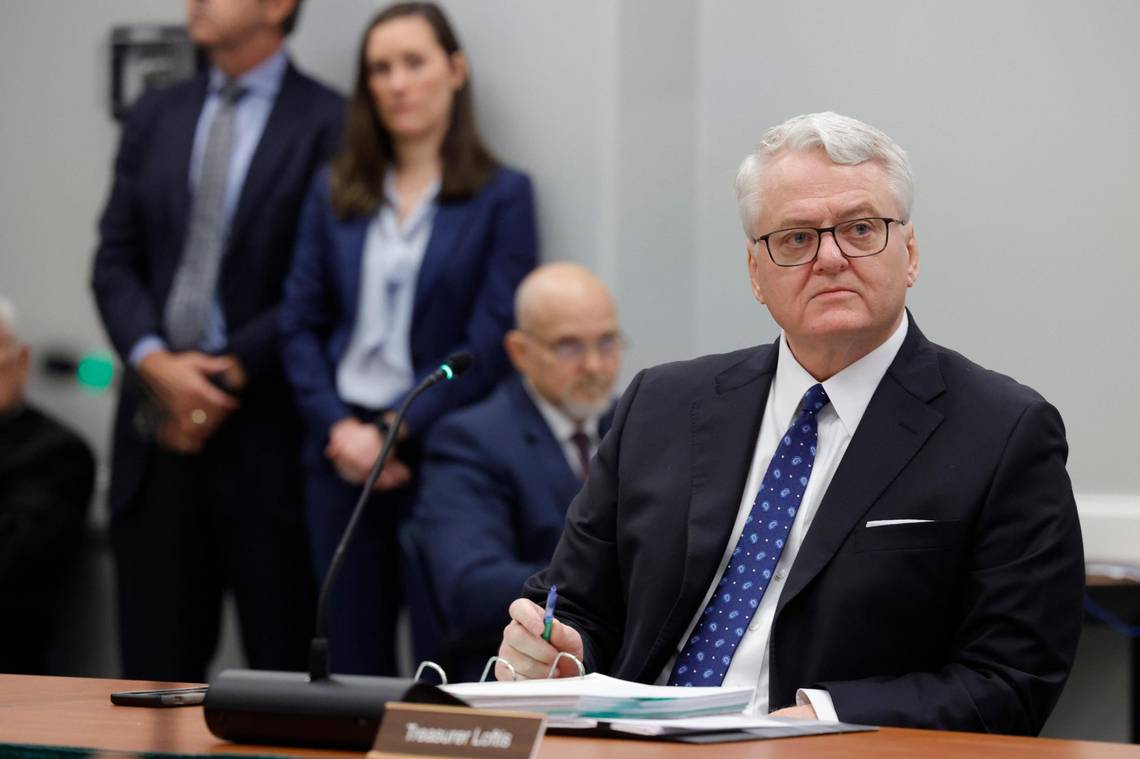Two words, consistency and focus. We all talk about providing tax planning services, even our websites talk about tax planning and tax consulting services. The harsh reality is that most CPAs only dream of having the time to do tax planning. Most CPAs have hundreds, if not thousands of tax returns to file each year and by the time we get done filing the returns we are too tired to think about doing any tax planning. We just want out of the office.
It took consistency and focus to transition my firm to a tax planning firm. I consistently told my referral sources and my business clients that we only want to provide tax planning to business owners. It took 18 months of consistently delivering that message before we got significant traction and began to get a significant amount of referrals. During those an initial 18 months, it was tempting to take on 1040 clients and continue to get bogged down with them. But we stayed focused on business clients only and it allowed for the slow transition to becoming a tax planning firm. It is not a transition that can happen overnight.
Once we started attracting business owner clients, we started charging for tax planning as an upfront fee. After the upfront tax planning fee, we charge our clients a monthly fee for their work. This allowed us to have consistent income all throughout the year and allowed us to have time to research and learn proactive tax strategies that we could offer our clients.
As a result of the consistent message and focus, I have a practice where we don’t have to work the monster hours during tax season. Don’t get me wrong, tax season is still busy, but my staff does not work on the weekends and we don’t work more than 45 hours a week. We are able to do this because we work with the clients all year long and do not have to wait until tax season visit with our clients. Our model is to visit with each client during the summer and in the fall. Our goal is to know what the tax picture will look like before the end of the year. This reduces tax season to an exercise of receiving forms and documents and putting the correct numbers and the correct box on the tax return. We can leverage administrative staff to prepare returns and they know what the tax return is supposed to look like before they give it to a CPA to review and sign. Review time decreases dramatically.
If you are consistent with this process, your clients will be appreciative and they will refer you more business than you can handle. It is not an easy process and it doesn’t happen quickly, but it is a very rewarding and worthwhile transition of your practice. You will have the practice that you are proud to call your own.
——–
As a CPA and a Certified Tax Coach, Marty provides proactive tax and financial planning for businesses and their owners. Being an entrepreneur like most of his clients, he understands the issues and difficulties of running a business. Combining his experience as a business owner and almost 20 years of public accounting experience, Marty is able to help business owners achieve their business and personal goals. http://www.cpaindfw.com
Thanks for reading CPA Practice Advisor!
Subscribe Already registered? Log In
Need more information? Read the FAQs



